Tourists visit the Sac Forest Historical Site. Photo: KIEU MAI
One of the places chosen by many tourists when coming to Ho Chi Minh City this time is the War Remnants Museum (No. 28, Vo Van Tan Street, District 3), part of the Museum for World Peace system and the World Council of Museums (ICOM).
The War Remnants Museum was established in 1975 and currently preserves more than 20,000 documents, artifacts and films with 8 topics that are regularly displayed. The ground floor of the museum displays artifacts and pictures with the topic "The world supports Vietnam's resistance against the US" reflecting the history of the period 1954-1975. This topic includes 100 photos and 145 documents and artifacts recreating rallies, demonstrations, conferences and seminars of people around the world protesting against the US invasion war and expressing support for the Vietnamese people in protecting national sovereignty . The area outside the ground floor of the museum is where the topic "Outdoor weapons artifacts" is displayed. In addition, there is also the topic "Prison regime during the war of aggression against Vietnam" with a model of the prison built by the US puppets to imprison revolutionary soldiers.
The first floor displays the topics “Crimes of war of aggression” and “Consequences of Agent Orange/dioxin in the Vietnam War”. Of which, the topic “Crimes of war of aggression” has 22 documents, 243 artifacts and 125 photos highlighting the crimes of the invaders and the painful consequences that our people had to bear. Here, visitors have a detailed view of the My Lai massacre in Son My, Quang Ngai . The topic “Consequences of Agent Orange” focuses on depicting the devastation of Agent Orange, causing lasting consequences in the lives of the Vietnamese people even after the war is over. Here, there are 100 photos and 20 artifacts depicting the pain left by Agent Orange.
The second floor area displays the theme “Historical Truths” with 66 photos, 20 documents and 153 artifacts. This theme reminds us of the crimes of aggression by French colonialists and American imperialists. Next to it is the theme “Reminiscence” which includes a collection of photos taken by reporters who died while working on the Indochina battlefield. There is also the theme “Vietnam - War and Peace” which displays a collection of heroic photo reports of Vietnam during the war for peace, taken by Japanese photographers Ishikawa Bunyo and Goro Nakamura.
The War Remnants Museum is not only a space to preserve history but also a place for Vietnamese people to understand the sacrifices of our ancestors to gain peace today; international visitors have a panoramic view of the fierce wars for Vietnam's independence and freedom.
*
* *
The Rung Sac War Zone Historical Site (Can Gio District) is also a destination chosen by many tourists on their journey back to the source and to learn about history. About 50km from the center of Ho Chi Minh City, the Rung Sac War Zone Historical Site covers an area of over 2,215 hectares, of which 514 hectares have been and are being exploited for tourism purposes.
Located inside the Rung Sac Historical Site is the Rung Sac Revolutionary Base. It used to be the station of the Rung Sac Special Forces Team (codename T10). The space here was built and recreated almost all the scenes of the activities and combat of the special forces team in the past, such as: guard house, reception house, shelter, hall, logistics house, medical house, military equipment house, secret service house; the scene of the 10th Regiment commander listening to a report on the field situation and determined to organize a raid to destroy the Nha Be fuel depot, the scene of the 10th Regiment soldiers destroying crocodiles, the method of distilling salt water into fresh water, the scene of sending soldiers off to battle, the DKZ battlefield...
Here, visitors will be able to admire images and artifacts, listen to stories about the heroic sacrifices of soldiers in the past to better understand the extremely arduous fighting years of the special forces during 9 years (1966-1975). Notably, there was the battle at Nha Be gas depot. The gas depot was 14 hectares wide with 72 oil tanks, nearly half of which had a capacity of more than 10 million liters of gasoline. The gas depot was protected by 12 layers of fences, 3.5m high walls. Between each layer of fence, there were mines and there were regular patrols at night. In addition, the enemy also arranged a system of headlights, watchtowers, patrol roads... Despite the danger, the Rung Sac Special Forces secretly broke into the warehouse area, placed mines and destroyed the Nha Be gas depot. The fire lasted for more than 12 days and nights, causing the enemy about 12 million USD in damage. The Sac Forest Special Forces made many historic battles that made the enemy terrified and tried to sweep the Sac Forest. Many fierce battles took place and 915 soldiers of the Sac Forest Special Forces sacrificed their lives, to this day there are still 542 martyrs whose remains have not been found.
International tourists visit the outdoor exhibition area “Prison regime during the war of aggression in Vietnam” at the War Remnants Museum. Photo: KIEU MAI
The Rung Sac Revolutionary Base was ranked as a national historical relic by the Ministry of Culture, Sports and Tourism in 2004. Visiting the Rung Sac Historical Relic is not only a journey back to history but also a way to pay tribute to the heroes who fell for the independence and freedom of the nation.
*
* *
The “steel land” Cu Chi is also a destination not to be missed in the journey to the source to learn about national history. Among them, the most prominent is the Cu Chi Tunnels Historical Site.
When visiting Cu Chi tunnels, tourists have the opportunity to learn about the process of tunnel formation, see with their own eyes the trenches, tunnels and tunnel space and structure. The Cu Chi tunnel historical relic site includes: Ben Duoc tunnel (Saigon - Gia Dinh Military Region Base (Area A), Saigon - Gia Dinh Regional Party Committee Base (Area B)) and Ben Dinh tunnel (Cu Chi District Party Committee Base). The entire Cu Chi tunnel has a total length of 250km, divided into 3 different depths. The highest level is 3m above ground, the middle level is 6m, the deepest level is 12m. The tunnel system is deep and long underground, from the "backbone" (main road) there are countless long and short branches, connecting with each other. Based on the system of underground roads, fortifications, trenches, soldiers and people fought extremely bravely, establishing miraculous feats.
Here, visitors will hear stories of heroic fighting by soldiers, the enemy's massacres, the fighting process and the sacrifices of our army and people in extremely harsh underground conditions. Despite many difficulties, the revolutionary forces still relied on the underground of Cu Chi, joining forces with the people to simultaneously attack the enemy's lair in the spring of 1968, hitting important targets of the US puppet regime such as: Independence Palace, US Embassy, Radio Station, General Staff, Navy Command, Tan Son Nhat Airport... In 2015, the Cu Chi Tunnels Historical Site was recognized by the Prime Minister as a special national relic. This is also a destination that attracts many domestic and international tourists.
*
* *
Journeys to historical destinations always have profound meanings. These trips are not only to review history but also to express gratitude to the soldiers who died for peace and freedom of Vietnam.
AI LAM
Source: https://baocantho.com.vn/nhung-diem-den-lich-su-thu-hut-du-khach-a186027.html


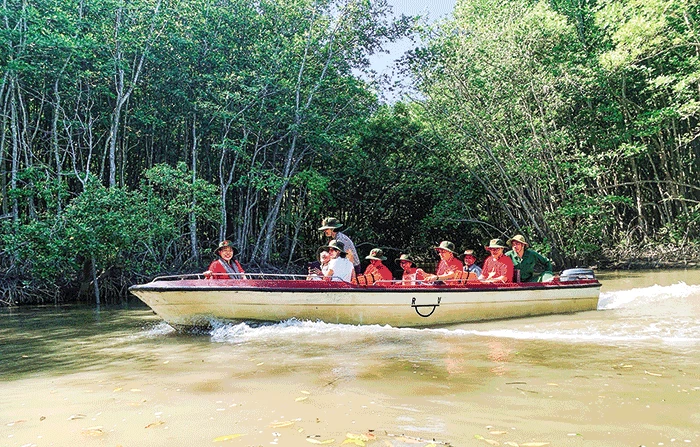
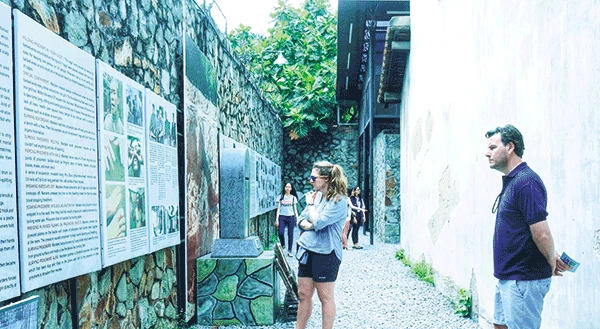

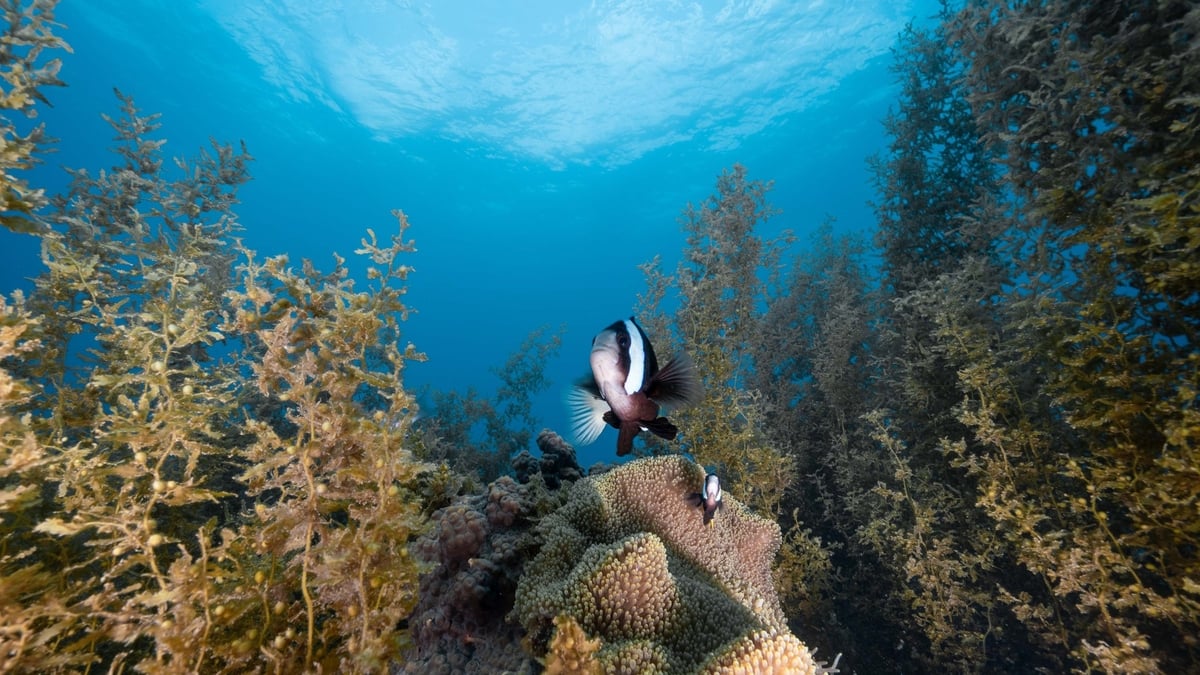

![[Photo] Prime Minister Pham Minh Chinh attends the event "Digital transformation of the banking industry by 2025"](https://vphoto.vietnam.vn/thumb/1200x675/vietnam/resource/IMAGE/2025/5/29/0e34cc7261d74e26b7f87cadff763eae)

![[Photo] Prime Minister Pham Minh Chinh receives leaders of Excelerate Energy Group](https://vphoto.vietnam.vn/thumb/1200x675/vietnam/resource/IMAGE/2025/5/29/c1fbe073230443d0a5aae0bc264d07fe)

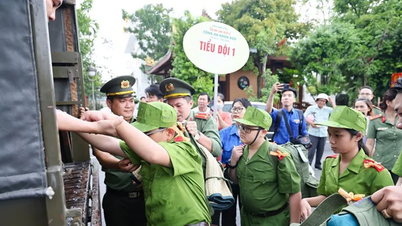
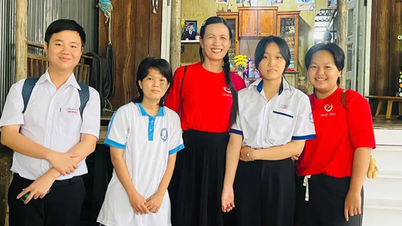
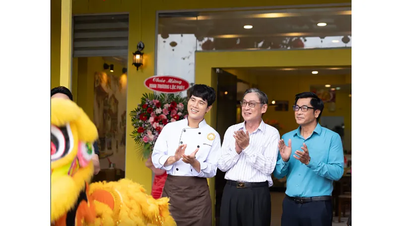
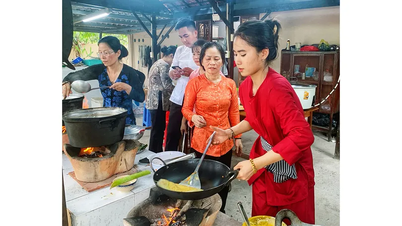
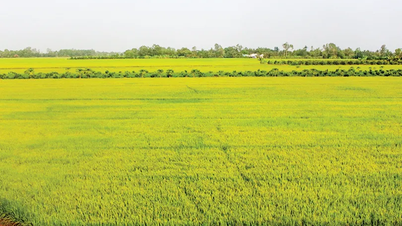




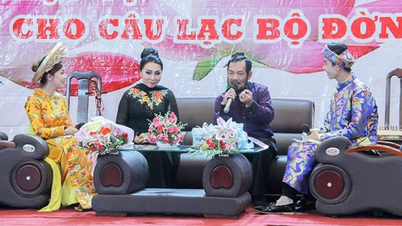
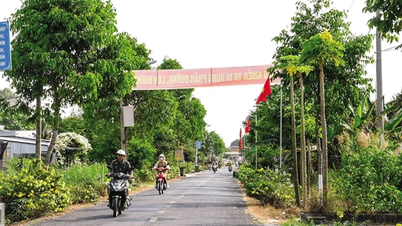

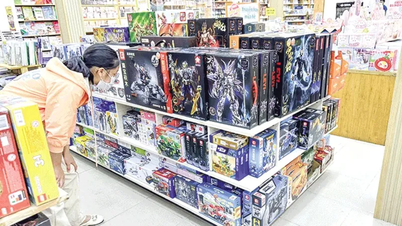
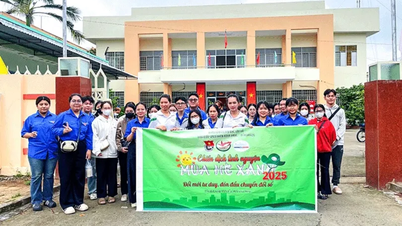
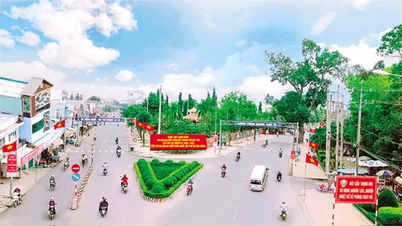
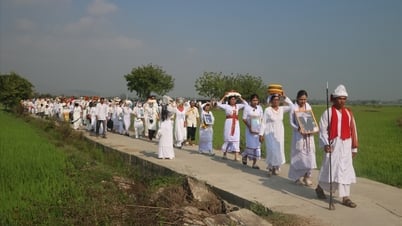











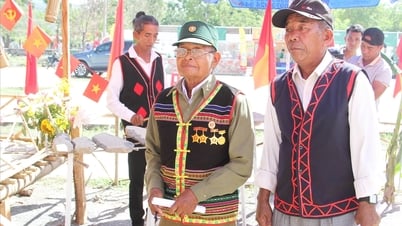















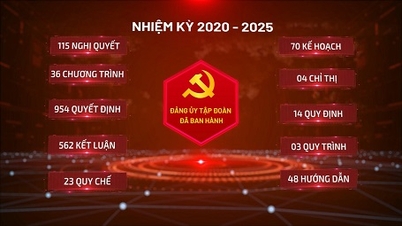





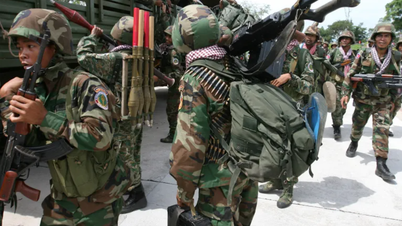





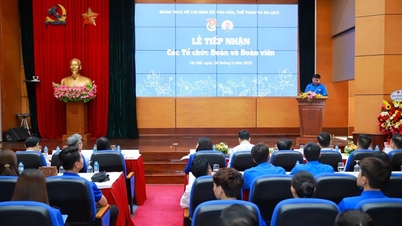
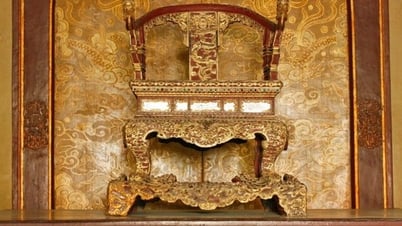




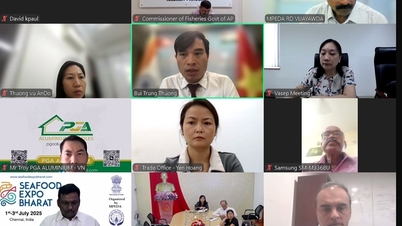


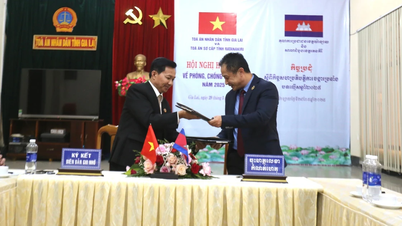
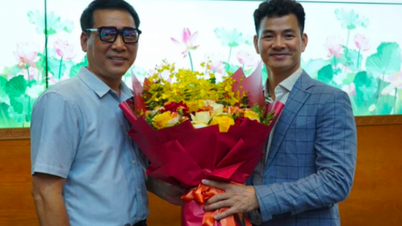

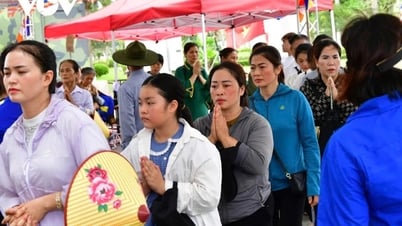











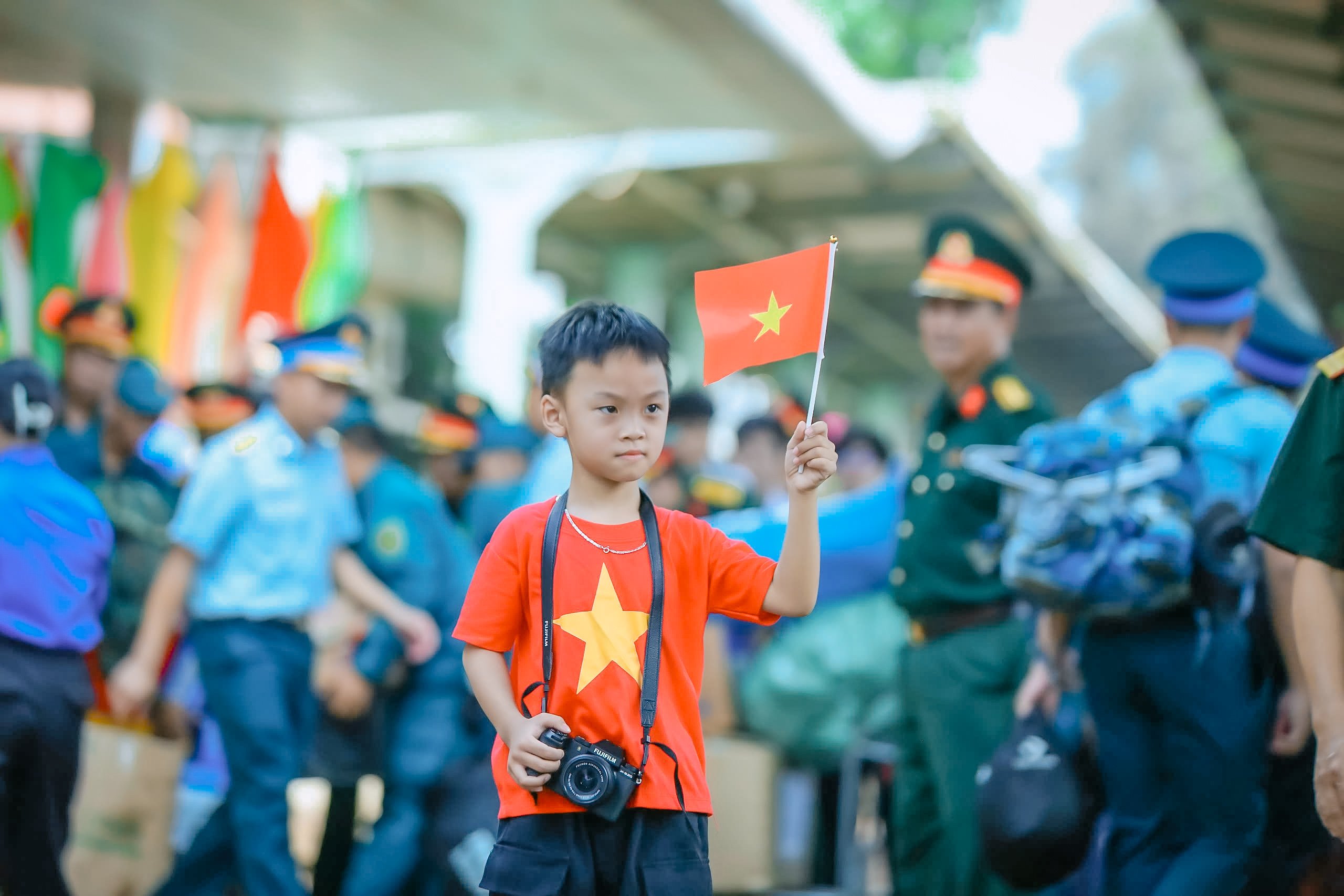
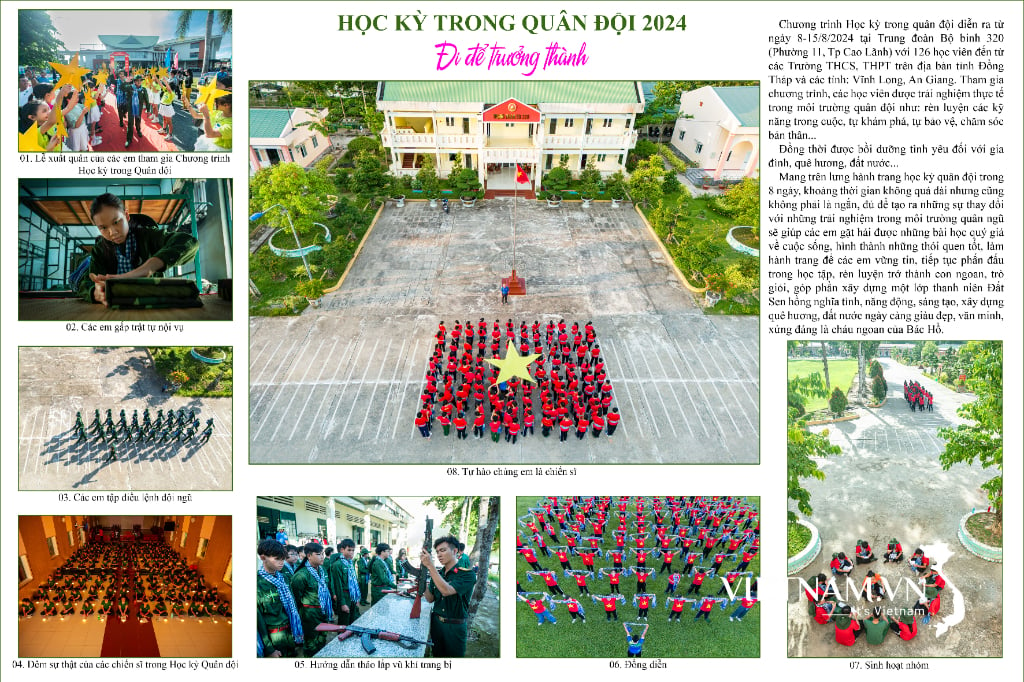
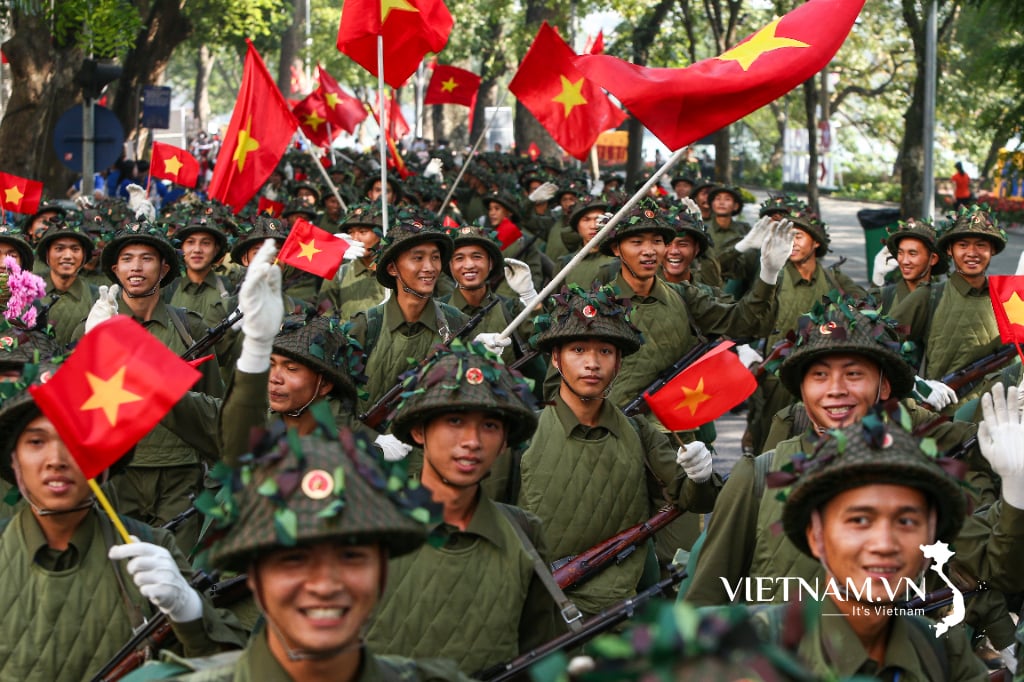
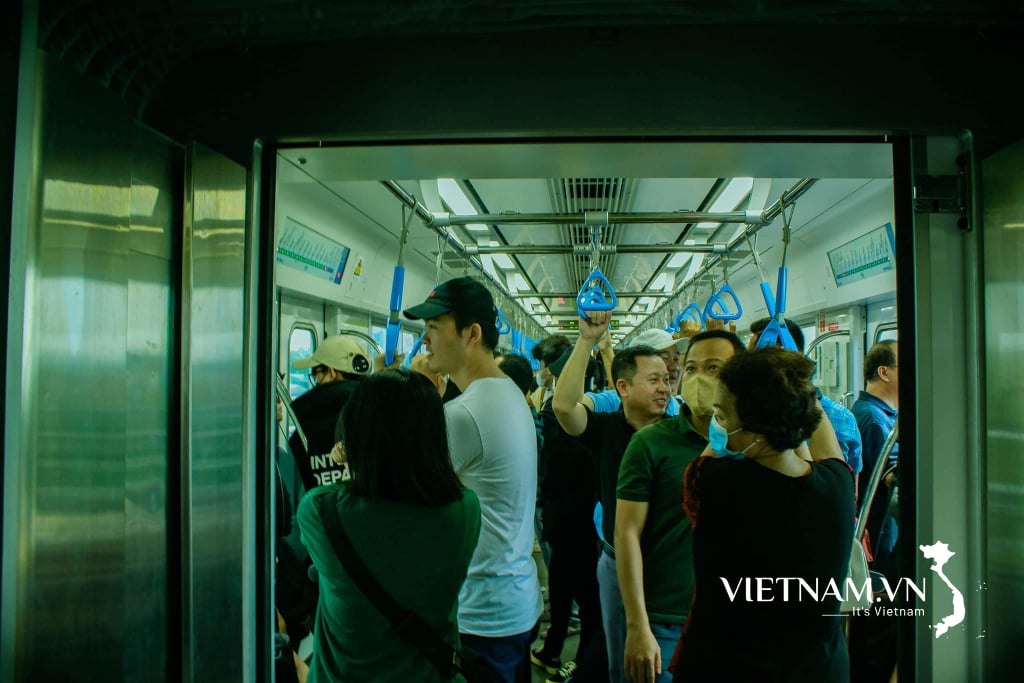
Comment (0)